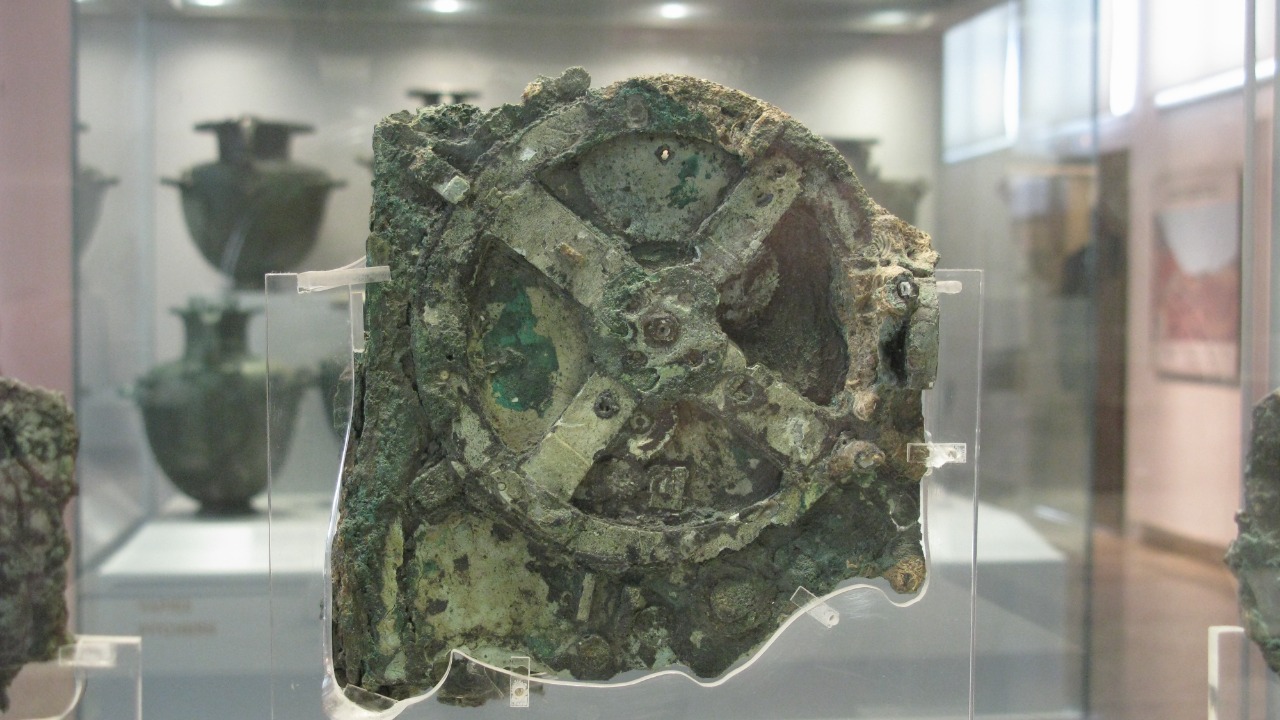
Throughout history, there have been intriguing references in ancient texts to devices and mechanisms that bear a striking resemblance to modern computers. These descriptions, while often shrouded in mystery, suggest that ancient civilizations may have possessed advanced technological knowledge far beyond what was previously assumed.
The Antikythera Mechanism: An Ancient Marvel
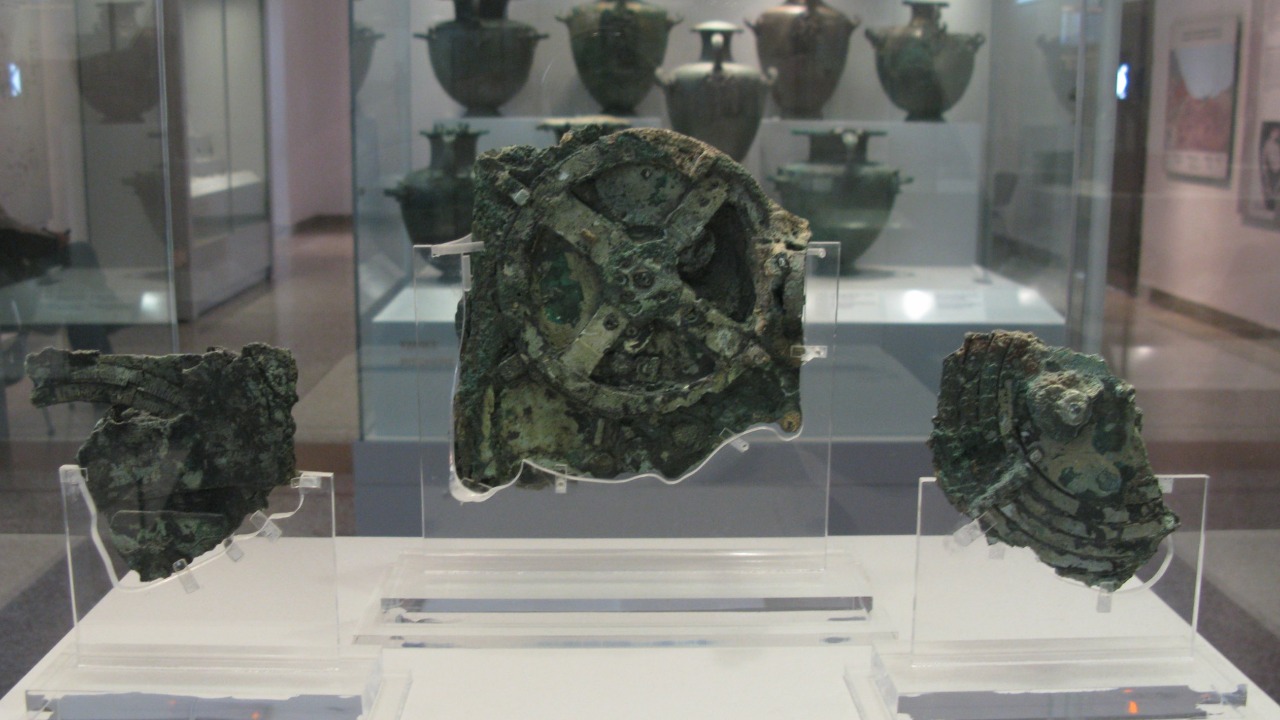
The discovery of the Antikythera Mechanism represents one of the most fascinating archaeological finds of the 20th century. Unearthed from a shipwreck off the coast of Greece in 1901, this artifact astonished researchers with its mechanical complexity. Found amidst a treasure trove of other artifacts, the mechanism stood out due to its intricate gear system, which was far more advanced than anything previously known from that era. Its significance lies not just in its complexity but in what it suggests about the technological capabilities of ancient Greek civilization.
Functionally, the Antikythera Mechanism was designed to predict astronomical positions and eclipses with remarkable accuracy. Its intricate system of gears and dials allowed it to act as an analog computer, a concept seemingly far ahead of its time. Researchers have marveled at its ability to track lunar cycles and planetary movements, which required a sophisticated understanding of celestial mechanics. This level of technological sophistication challenges our understanding of what ancient civilizations were capable of achieving.
Modern investigations into the Antikythera Mechanism have only deepened the intrigue surrounding it. Scholars like Alexander Jones have utilized contemporary technologies such as computer vision to analyze and reconstruct the device’s function. These studies have revealed the meticulous craftsmanship involved in its creation, offering insights into the scientific and mathematical knowledge of the period. As researchers continue to unlock its secrets, the Antikythera Mechanism remains a testament to the ingenuity of ancient engineers.
References in Ancient Texts
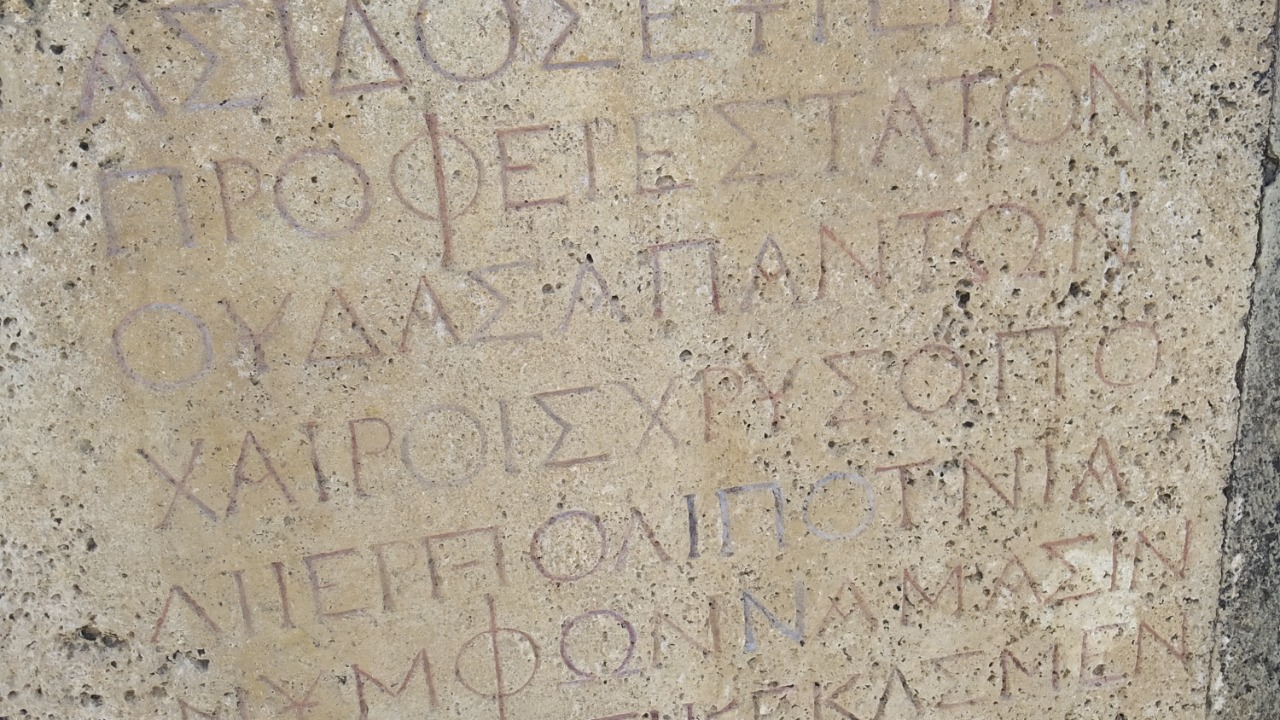
Throughout various ancient texts, there are intriguing descriptions of machines with functionalities that resemble those of modern computational devices. These accounts, found across different cultures and time periods, provide tantalizing glimpses into the technological aspirations of early civilizations. For instance, texts from ancient India, Greece, and China occasionally mention devices capable of calculating or processing information in ways that echo contemporary technology.
Interpreting these ancient descriptions poses a significant challenge for historians and linguists. The language used is often symbolic or metaphorical, making it difficult to determine whether these accounts describe real devices or are allegorical in nature. Additionally, potential mistranslations over the centuries have added layers of complexity to understanding these texts. Despite these challenges, scholars persist in their efforts to decode these ancient accounts, driven by the possibility of uncovering lost knowledge.
Cross-cultural comparisons of these references reveal both common themes and unique features in the depictions of early machines. By examining descriptions from diverse civilizations, researchers can identify recurring motifs, such as the use of gears or the concept of automation. These similarities suggest a shared human fascination with the idea of mechanized computation, hinting at a universal drive to harness technology for problem-solving and exploration.
Technological Knowledge in Antiquity
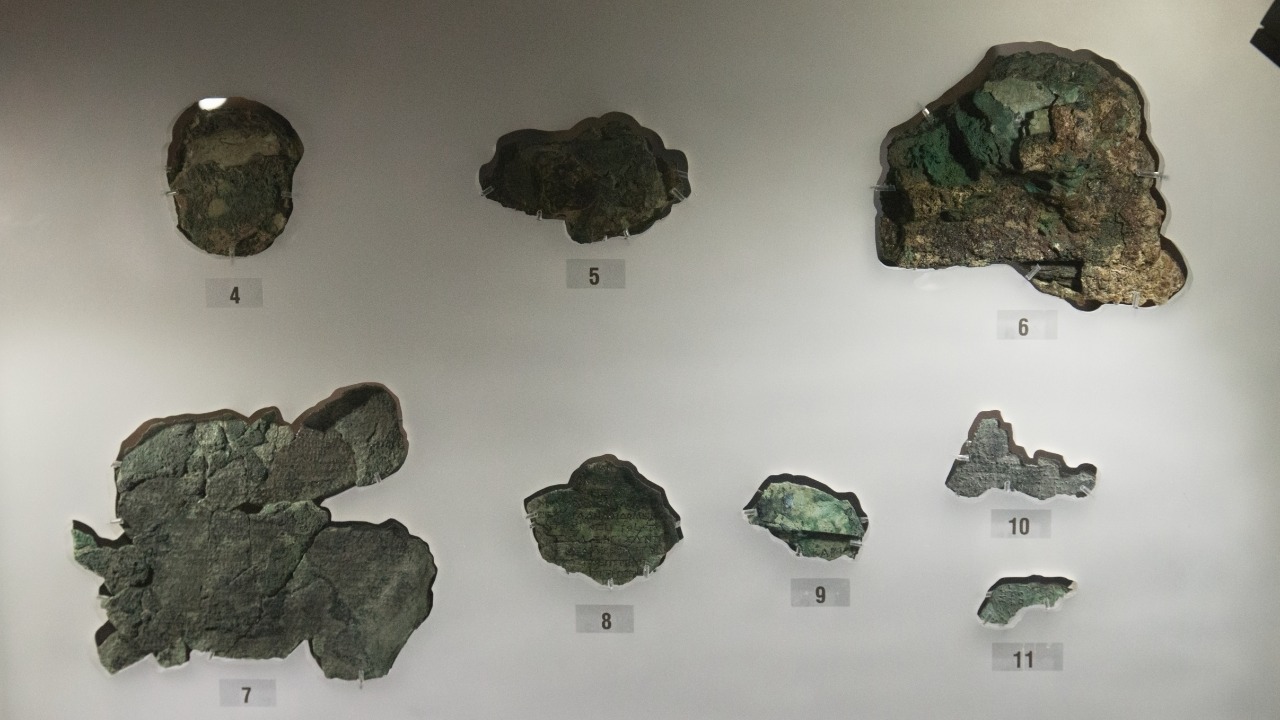
Archaeological evidence and historical documentation provide compelling support for the existence of advanced engineering and mechanical knowledge in ancient civilizations. From the massive stone structures of the Egyptians to the sophisticated aqueducts of the Romans, the feats of engineering achieved in antiquity demonstrate a profound understanding of mathematics and physics. These accomplishments lay the groundwork for the development of early computational devices, illustrating the intellectual achievements of ancient scholars.
The role of mathematics in the development of these devices cannot be overstated. Ancient mathematicians, such as Euclid and Archimedes, made significant contributions to the fields of geometry and physics, providing the theoretical foundation necessary for the creation of complex mechanisms. Their work on numerical systems and mathematical principles influenced the design and function of early machines, showcasing the deep interconnectedness between mathematical theory and technological innovation.
The impact of ancient technological knowledge on modern computing is an area of ongoing exploration. By drawing parallels between historical innovations and contemporary advancements, we can trace the evolution of computational ideas over millennia. Technologies like the Antikythera Mechanism not only inspire modern engineers but also reflect the enduring legacy of ancient ingenuity. As we continue to push the boundaries of what is possible, the achievements of early civilizations serve as a reminder of the vast potential of human creativity.
Challenges and Controversies

The interpretation of ancient texts and the existence of computer-like machines in antiquity have sparked significant debate among historians and scientists. Some scholars remain skeptical of the notion that ancient civilizations possessed advanced computational devices, arguing that such interpretations may be the result of wishful thinking or misinterpretation. This skepticism underscores the importance of rigorous analysis and evidence-based research in the study of ancient technologies.
The balance between recognizing genuine innovation and distinguishing it from mythological or exaggerated accounts is a delicate one. While it is tempting to romanticize the past, it is crucial to approach these topics with a critical eye. By examining the historical and cultural context of these accounts, researchers can better assess the likelihood of their accuracy and determine the degree to which they reflect actual technological advancements rather than purely imaginative tales.
Future research directions hold the potential to further illuminate our understanding of ancient computational devices. Advances in technology and analytical techniques may offer new insights into these enigmatic artifacts, allowing us to piece together a more complete picture of their purpose and function. As we continue to explore the intersection of history and technology, the mysteries of ancient devices remain a rich field of inquiry, promising to deepen our appreciation for the innovations of our ancestors.
The Intersection of History and Technology
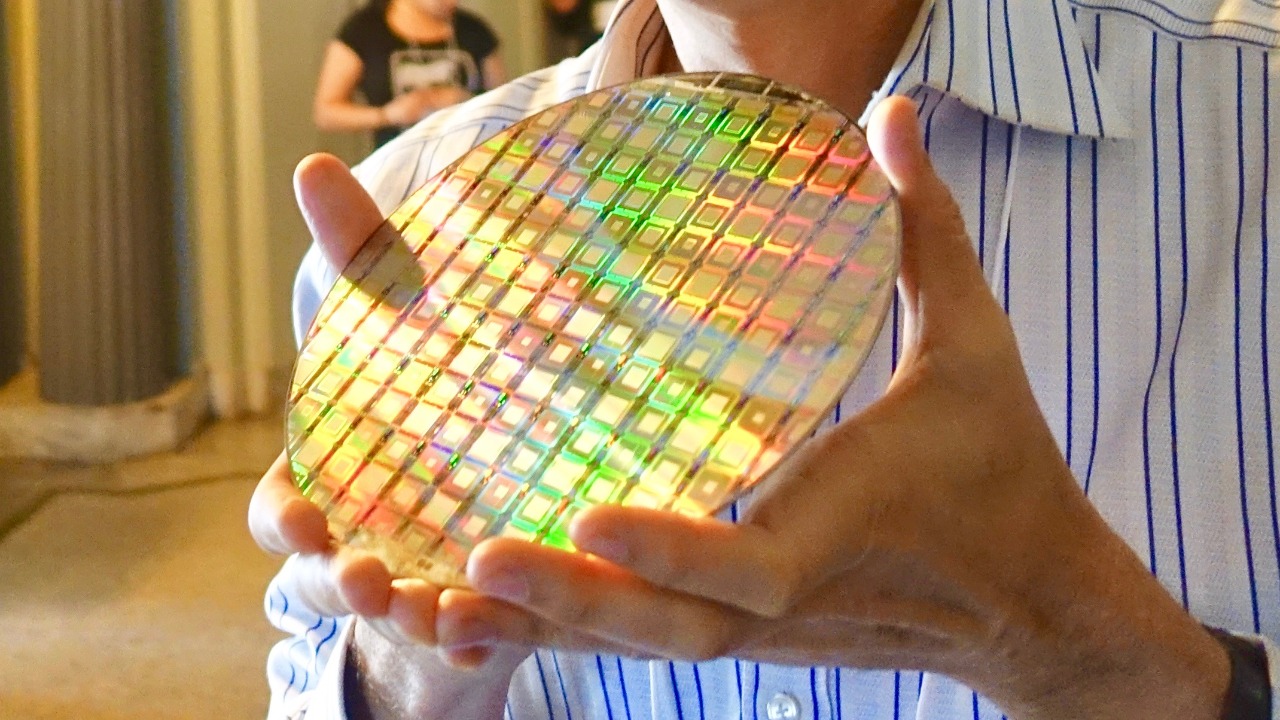
The historical evolution of computational ideas from ancient mechanisms to modern quantum computing is a fascinating journey that highlights the continuity of human ingenuity. As current advancements in technology, such as Google’s quantum computing efforts, push the boundaries of what is possible, they echo the pioneering spirit of ancient engineers who crafted devices like the Antikythera Mechanism.
Modern technology plays a crucial role in uncovering the mysteries of ancient devices, creating a bridge between the past and present. Tools like computer vision and 3D modeling allow researchers to delve deeper into these artifacts, revealing their secrets and offering new perspectives on historical innovation. This intersection of history and technology not only enriches our understanding of the past but also inspires future generations to explore the possibilities of human creativity.
The educational and inspirational value of studying ancient technologies is immense. By examining the achievements of early civilizations, we gain a deeper appreciation for their contributions to the field of computing. These studies foster a greater understanding of the roots of modern technology and the shared human drive to innovate and solve problems. As we continue to explore the past, the ingenuity of our ancestors serves as a testament to the enduring power of imagination and invention.